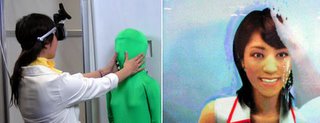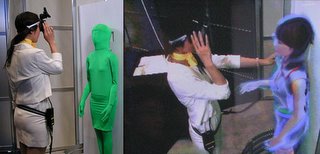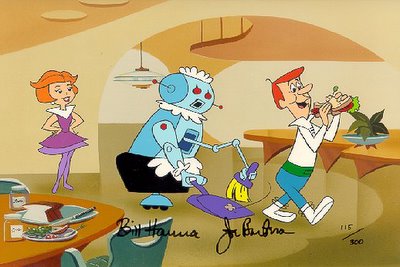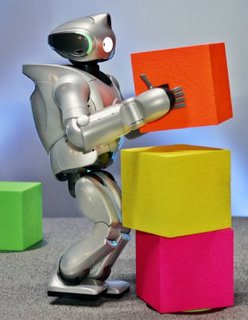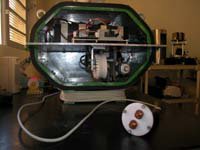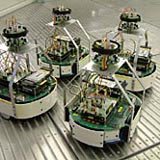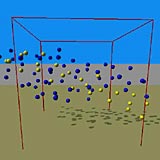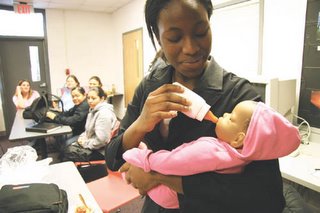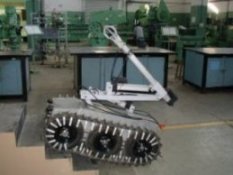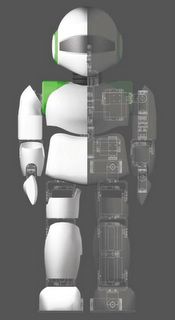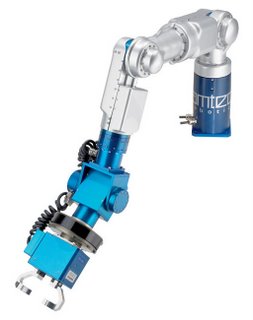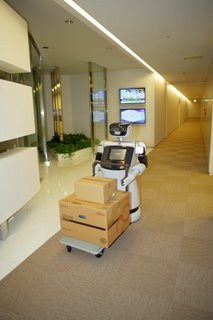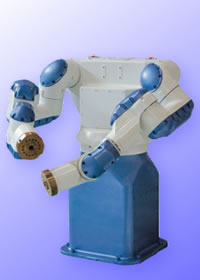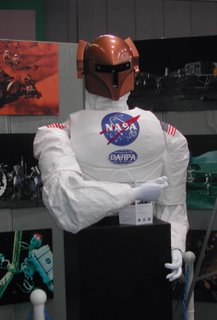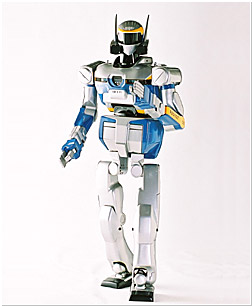...affectionately renamed "Mighty Mouse"
ALBUQUERQUE, N.M. — A Sandia National Laboratories robot recently withstood enough radiation to kill 40 men in freeing a stuck radiation source — the size of a restaurant salt shaker — at a White Sands Missile Range lab so that the cylinder could be safely returned to its insulated base.
The robot, for its successful efforts, was unofficially dubbed M2 for the cartoon character “Mighty Mouse.”
The operation — carried out by the robot and a joint task force of White Sands and Sandia RAP (Radiation Assistance Program) team members — ended 21 days of warning lights flashing and horns blaring at the 3,000-square-foot Department of Defense lab in Southern New Mexico.
What happened...
Alarms were blaring, warning lights flashing, and personnel were monitoring the stricken site around the clock in late October at the White Sands’ Gamma Irradiation Facility. Gamma rays from the cobalt-60 it contained could kill a man in half a minute. Its radiation field was too deadly for a human, even in a protective suit, to get near enough to free it.
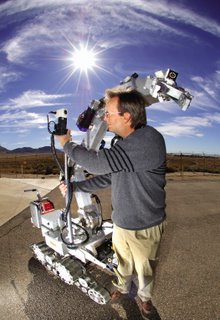
...the lab was shut down. It had to be manned around the clock to be sure no security guard wandered into the harmless-appearing area; meanwhile, the continually flashing lights and honking alarms set peoples’ teeth on edge. (
In case the guard did not notice the alarms?)
Within 24 hours, the Range’s management decided instead to call the local NNSA RAP team — the Radiological Assistance Program — headquartered at
Sandia National Labs.
...the team made the trip to White Sands, where reality — as it often does — proved more complex than the dry run had led the RAP group to anticipate.
Fisrt attempt...By this time an hour and a half had gone by...Phil had estimated that the robot could remain ambulatory in the radiation field for only 50 minutes, and in fact the robot’s lower portion was no longer responding to commands.
When they returned the next morning, however, the robot again would not start.
The third day...they attached special tips to the end of its gripper. This time M2 succeeded. A blast of air then, and the radiation source at long last was blown back to its storage position.
Long story short...
“The warning lights and horns that could be heard for miles away finally stopped after 21 straight days of annoying personnel at White Sands,”
'Mighty Mouse' robot frees stuck radiation source
